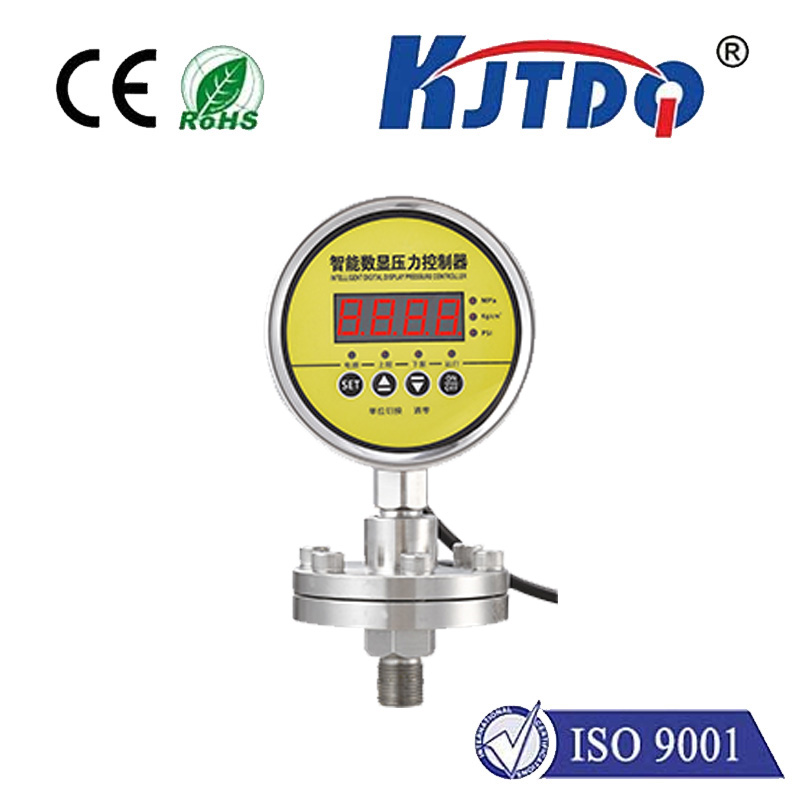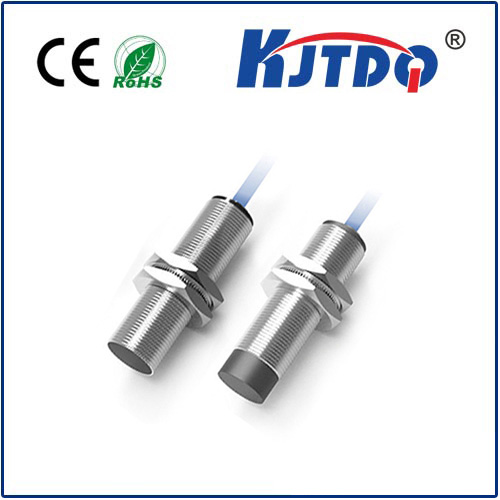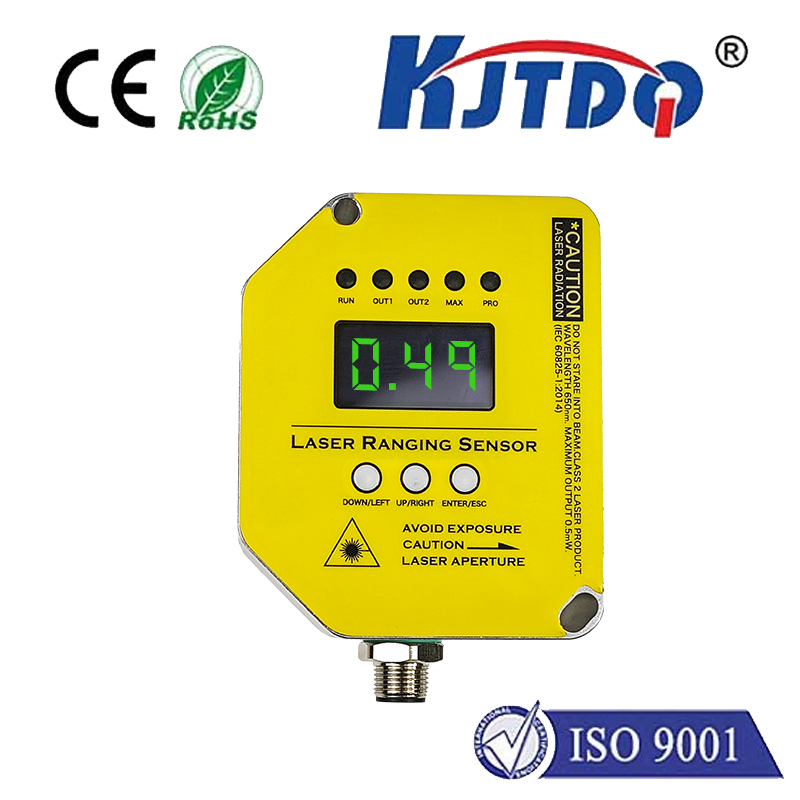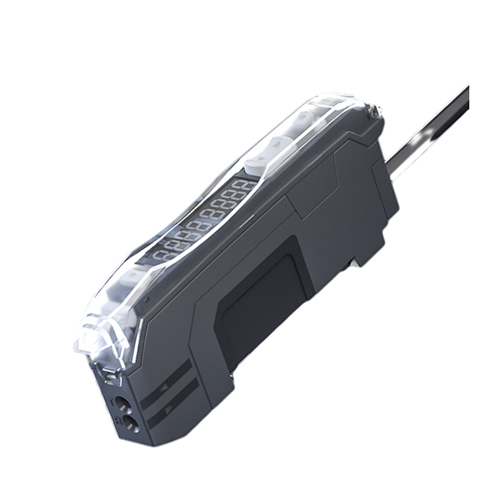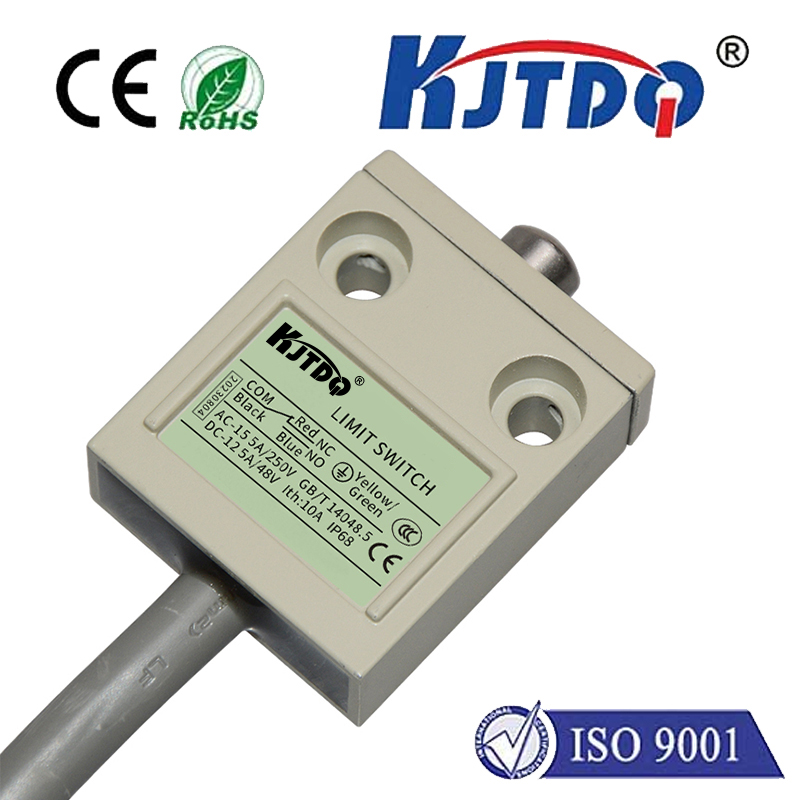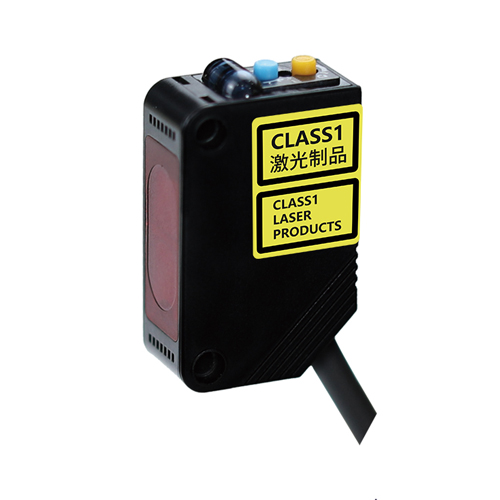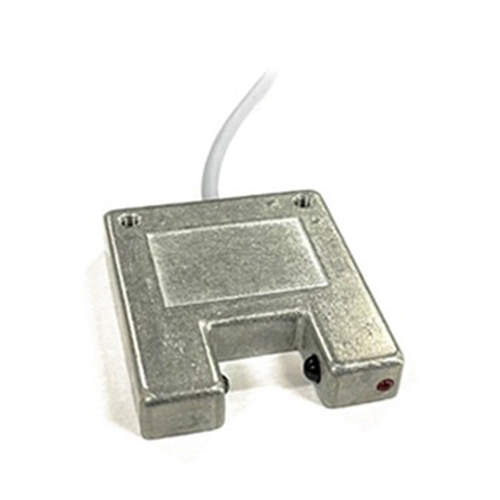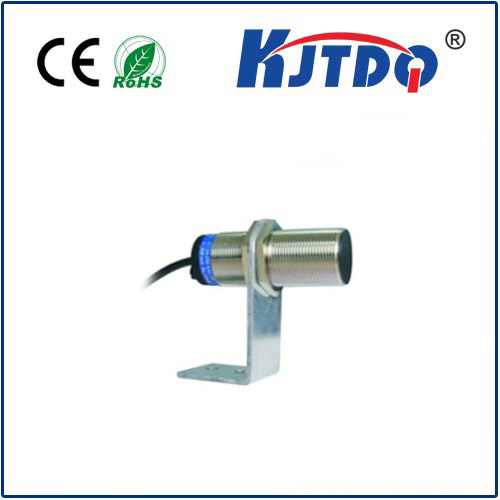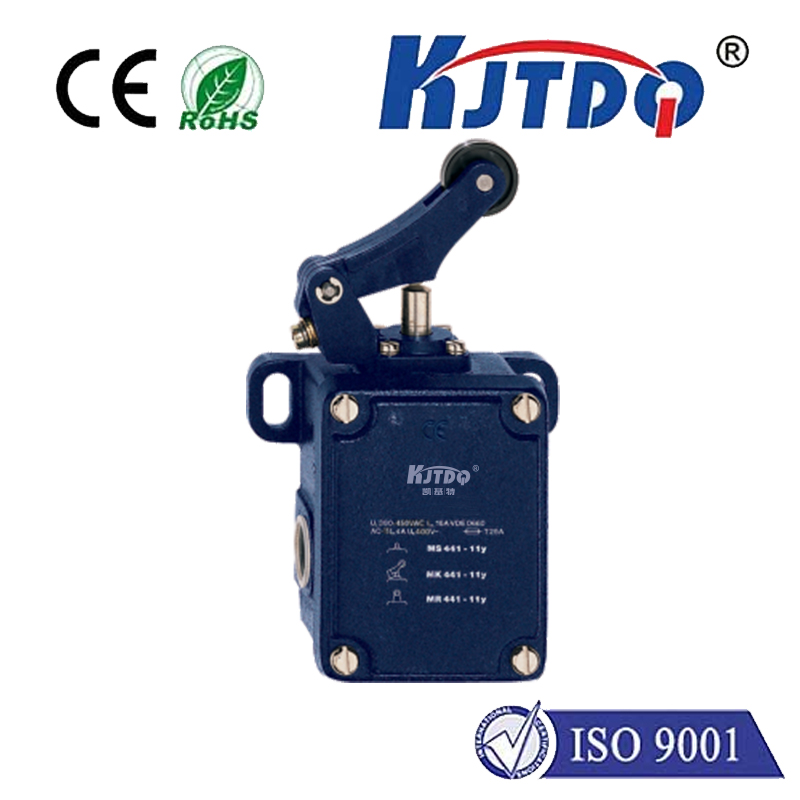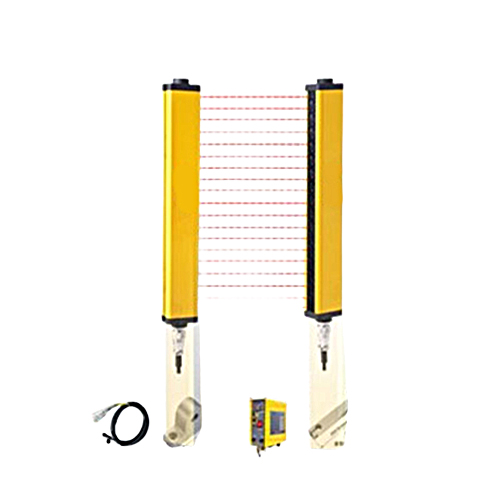отражатель оптического датчика
- time:2025-07-24 01:47:15
- Нажмите:0
Photo Sensor Reflectors: The Unsung Enablers of Precise Optical Detection
Ever wondered how machines “see” objects without complex cameras? How warehouse robots navigate vast aisles with pinpoint accuracy, or how sophisticated manufacturing lines flawlessly count thousands of tiny components whizzing by? Often, the answer lies not just in the sophisticated electronic eye – the Фотоэлектрический датчик – but in a remarkably simple yet ingenious partner: the отражатель оптического датчика. This unassuming piece of technology plays a pivotal role in making countless automated processes, safety systems, and everyday conveniences possible. Understanding its function reveals a fascinating interplay of light, engineering, and practical application.
At its core, a photo sensor reflector is a specialized surface designed to redirect light emitted from a Фотоэлектрический датчик (specifically, its emitter) back towards the sensor’s receiver component. Unlike a mirror that reflects light specularly (like a pool of water reflecting the sun), photo sensor reflectors are typically engineered to perform one of two primary functions:
- Retroreflection (Corner Cube Effect): This is the most common and crucial type. Retroreflectors are designed to reflect light directly back towards its source, regardless of the angle of incidence (within defined limits). This is achieved through structures like glass bead coatings, prismatic arrays (corner cubes), or specialized films. This property is absolutely vital for applications where the sensor and reflector cannot be perfectly aligned or are subject to vibration or movement. Think of a piece of reflective tape on a bicycle; it shines brightly back to car headlights. Similarly, a retroreflective target ensures the maximum amount of emitted light finds its way back to the sensor’s receiver, maximizing signal strength and reliability.
- Diffuse Reflection: Some applications utilize matte white surfaces or lightly textured materials. These reflect light broadly in many directions. While less efficient than retroreflection, diffuse reflectors are ideal when the sensor needs to detect the presence or absence of a reflective surface itself, rather than detecting an object breaking a beam between separate emitter and receiver units.
Why Use a Reflector Instead of Direct Sensing?
Photo sensors come in various configurations:

- Through-Beam (Opposed Mode): Emitter and receiver are separate units facing each other. An object is detected when it breaks the beam. This offers the longest range and highest reliability but requires installing two units and precise alignment.
- Diffuse (Proximity) Mode: Emitter and receiver are housed in the same unit. The sensor detects light reflected diffusely off a nearby object. Installation is simpler (only one unit), but range is shorter, and detection can be inconsistent depending on the object’s color, texture, and reflectivity.
- Retroreflective Mode: Here’s where the reflector shines! The emitter and receiver are in the same unit (like diffuse mode), but they face a retroreflective target. The sensor detects when the reflected beam is broken by an object passing between the sensor and the reflector. This combines the long-range and high reliability advantages of through-beam sensing with the installation simplicity of having only one main unit to mount and wire (plus the reflector). Alignment is also generally easier than with through-beam sensors.
The Critical Role of Reflector Design
Not just any shiny surface will suffice. Effective photo sensor reflectors are engineered for performance:
- High Coefficient of Retroreflection: Measures how efficiently light is returned directly back to the source. Higher values mean stronger signals and longer possible sensing distances.
- Angular Tolerance: Specifies the range of angles at which the reflector maintains effective retroreflection. Wider angular tolerance allows for more flexibility in sensor mounting and reduces sensitivity to minor misalignment or vibration.
- Environmental Durability: Reflectors must withstand their operating environment – resisting UV degradation, moisture, chemicals, abrasion, and temperature extremes. Special coatings and robust materials are essential for industrial and outdoor use.
- Material and Coating: Common materials include plastic substrates with micro-prismatic surfaces (acrylic, polycarbonate), glass bead sheeting, or specialized metallized films. Protective overcoats enhance durability.
Key Applications: Where Reflectors Make the Difference
- Object Detection & Counting: On high-speed production lines for packaging, bottling, or assembly, retroreflective sensors reliably detect bottles, cans, boxes, or components passing by, triggering counters, diverters, or reject mechanisms. Their long range and resistance to target surface variations are crucial.
- Position Sensing & Limit Switching: Used to confirm the open/closed position of doors, gates, robotic arms, or machine guards. The reflector is mounted on the moving part, the sensor on the fixed frame. Breaking the beam indicates the position.
- Safety Systems: Critical in safeguarding machinery. Light Curtains, which create an invisible protective screen around hazardous areas, often utilize arrays of emitters and retroreflectors. Breaking any beam triggers an emergency stop. Retroreflective tape on personnel or vehicles enhances visibility for other safety sensors.
- Automation & Robotics: AGVs (Automated Guided Vehicles) and AMRs (Autonomous Mobile Robots) frequently use retroreflective targets strategically placed on walls, pillars, or racks. Sensors on the robot detect these targets for precise navigation, localization, and docking. Conveyor tracking systems also rely on reflector marks.
- Access Control & Security: Detecting the presence of a vehicle at a gate or the opening of a secure door often employs retroreflective sensors.
- Level Detection: Monitoring the presence or absence of material in bins or hoppers can be achieved using retroreflective sensors aimed at a reflector on the opposite side, detecting when material blocks the beam.
The Synergy: Sensor and Reflector Working as One
Choosing the right reflector is inseparable from choosing the right sensor. Sensor manufacturers typically specify compatible reflectors optimized for their emitter wavelength (usually visible red or infrared) and beam characteristics. Using the wrong reflector can dramatically reduce sensing range or cause unreliable operation. Key considerations include:
- Matching Wavelength: The reflector must be efficient at reflecting the specific wavelength of light the sensor emits.
- Size and Pattern: The reflector must be large enough to capture the sensor’s beam fully at the intended working distance, considering any beam spread. Patterned reflectors (stripes, checkerboards) aid in precise positioning tasks for robotics.
- Environmental Suitability: The reflector material must withstand the same conditions as the sensor (temperature, chemicals, UV exposure).
Beyond the Basics: Advanced Reflector Capabilities
Modern reflectors offer more than simple reflection:
- Polarized Reflectors: Used with polarized retroreflective sensors. These contain a special filter (analogous to polarized sunglasses) that only reflects light with a specific polarization. This significantly enhances immunity to false triggers caused by highly reflective surfaces in the background (like shiny metal or wet floors) that could otherwise reflect stray light back to the receiver.
- Preset Background Suppression: Some sophisticated retroreflective sensors can be “taught” the inherent distance to their reflector. They then only trigger when an object breaks the beam within a very specific, defined zone in front of the reflector, ignoring objects beyond or very close to the sensor head. This requires a highly consistent reflector signal.
The humble photo sensor reflector is a masterclass in elegant engineering. By harnessing fundamental principles of light reflection, it solves real-world problems with simplicity and robustness. It transforms a localized proximity sensor into a long-range detection system, enables precise navigation for autonomous machines, and forms the backbone of

